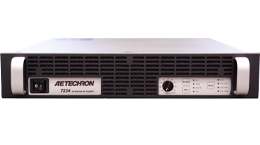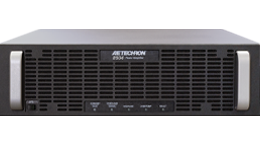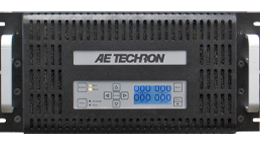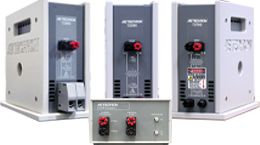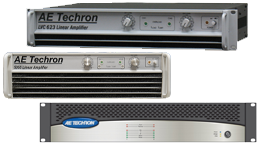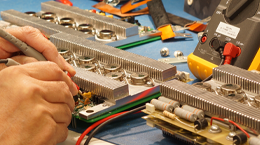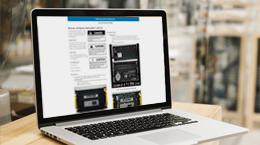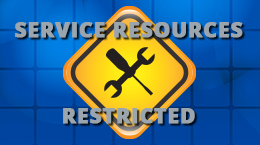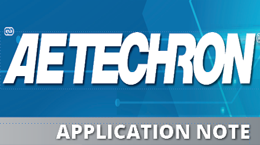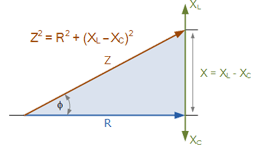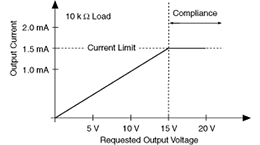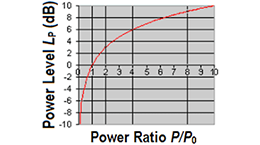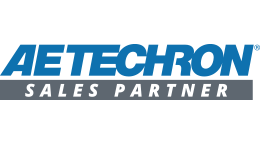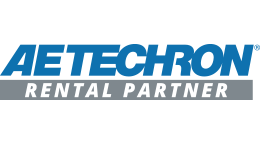Patrick André, founder of Andre Consulting and member of the DO-160 standards committee, is an EMC specialist that has worked for over 40 years in military, aerospace, and EMC fields. He recently sat down with us to discuss the benefits of in-house aviation testing and how the AE Techron CIS-25 and DSR 400 test systems are valuable tools for self declaration of testing.
The first thing that is important to understand about DO-160 is that it is a standard that allows an aviation manufacturer to self-declare testing. In other words, they can perform all of their own testing at their own facility. There are no requirements in DO-160 for having a certified testing laboratory involved or having accredited testing performed. This makes the ability to do testing in-house very valuable. There are many companies that we work with that own their own testing equipment and they qualify their own equipment for aircraft use.
An important factor to this type of testing is what we call bench testing. This is testing that does not require a chamber or very expensive shielded enclosure, but that can be performed on a simple conductive bench. AE Techron test systems are an excellent choice for this type of testing. As a result, a lot of testing can be performed just in a basic engineering laboratory or developmental-type of laboratory. The testing can be done quickly, easily, and on-site without the use of any elaborate equipment set-up beyond an AE Techron test system.
Benefits to On-site vs Testing Facility
There are many advantages to on-site testing. Not only is the laboratory expense eliminated, but testing in-house dramatically reduces time waste. Companies eliminate unnecessary travel by keeping the engineers and technicians in-house. It also reduces the time that these employees are not available.
It also greatly reduces problems during testing. For example, if there is a field failure at the testing laboratory, that tends to create issues for the engineer or technician performing the test. Proper parts and tools may not be available at the testing facility, that are readily available at their own facility.
Many engineering resources may not be restricted out-of-house. The design engineer, schematics, and other engineering support are usually unavailable at a testing laboratory, but are easily accessible at the manufacturer’s location. Now you’ve got the ability to perform the testing very quickly; resolve problems easily because everything is there; and as a result, companies can perform engineering work earlier on in the design phase. This allows for a better-performing product during the final testing.
There is an engineering concept that if you can design in an EMI fix, it’s 100th of the cost of catching it during final testing and every time you delay one step in the process, the cost of fixing EMI problems tends to go up by a factor of 100. This is really true in the case of military and aerospace testing, especially aerospace testing. If you have to an aircraft recall, now you’re looking at potentially millions of dollars in extra cost. All to fix a problem that should have caught during design, where it may only cost a few cents.
Candidates for In-House Testing
Any company that’s manufacturing electronics for an aircraft should seriously be considering in-house testing. This is especially true for any bench testing or EMI testing to be performed on equipment prior to being installed on an aircraft. It is the type of work and equipment that will pay for itself very quickly.
AE Techron’s CIS-25 and DSR 400 aviation test systems together cover all test categories, all frequencies, and all voltages for DO-160 Section 16 (power input), Section 18 (conducted susceptibility), and Section 19 (induced susceptibility). The value is clear and the right tools are available from AE Techron.









